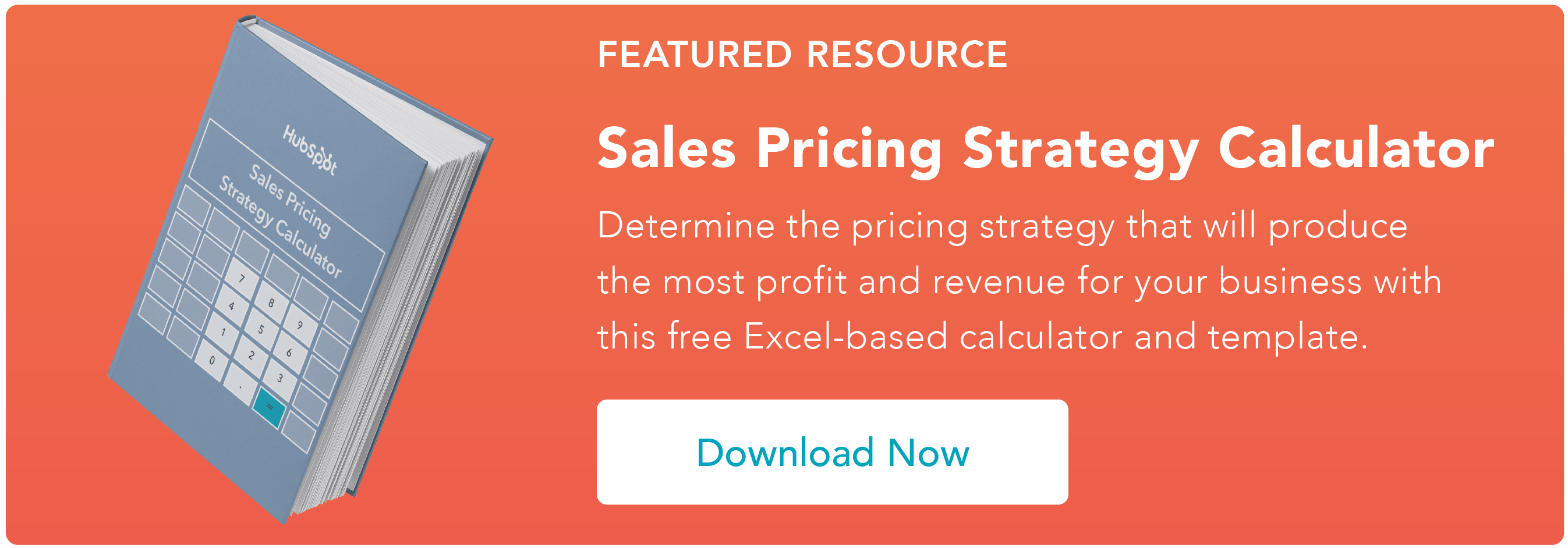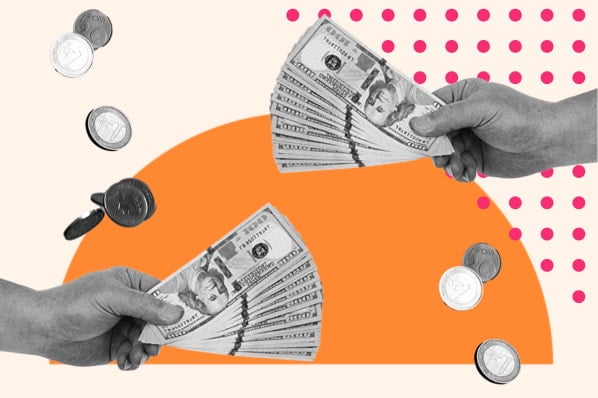Pricing is one of the trickier, more delicate processes almost every business has to deal with. Demand and consumer preferences are volatile — and what you charge for your offering has direct implications on its perceived value and sales figures.

Some companies try to match the ebbs and flows of demand for their products by leveraging something known as High-Low pricing strategy — a method that essentially pegs a product's prices to consumers' waning interest in it.
Here, we'll explore that concept a bit further, see some examples of what it looks like in practice, and review some of the practice's advantages and disadvantages. Let's dive in.
What is High-Low pricing strategy?
High-Low pricing strategy (also known as price skimming or hi-lo pricing) is a pricing method — typically used in retail — where a product or service is initially sold at a certain price point that gets gradually discounted as demand for the offering wanes.
High-Low pricing is often conflated with some similar pricing strategies. Let's take a quick look at some of those other strategies and how they differ from high-low.
High-Low Pricing vs. Everyday Low Pricing
Everyday Low Pricing (EDLP) is a method where a business focuses on keeping all of its prices particularly low as an extension of its brand identity. The strategy works for businesses that want to project themselves as "discount brands."
Unlike High-Low pricing, everyday low pricing rests on a company starting low and staying low with prices — as opposed to starting high and gradually decreasing.
High-Low Pricing vs. Loss Leader Pricing
With Loss Leader pricing, a business deliberately and often drastically reduces the cost of certain products to generate consumer interest. The distinction between this method and high-low pricing mostly has to do with how suddenly and precipitously a business drops its prices — High-Low pricing leans on a gradual decline whereas Loss Leader pricing is a bit quicker and more radical.
High-Low Pricing vs. Market Penetration
Market Penetration occurs when a business deliberately lowers its prices to undercut its competitors and boost its market share. It typically involves a broad effort and collective price decreases across a product suite — whereas high-low pricing is less involved and more specific to individual products.
High-Low Pricing Strategy Examples
Nike Court Legacy
Nike employed a high-low pricing strategy with its Court Legacy sneaker. The shoe came in three color schemes — black, all-white, and white and orange. Demand for the white and orange sneaker wasn't quite as high as it was for the black and all-white versions. To help move its inventory of the white and orange version, Nike reduced its price point, relative to the other color schemes.
iPhone
With each new iPhone release, Apple offers the previous model at a lower price than it was sold for initially.
NBA 2K Series
2K Entertainment releases a new iteration of the NBA 2K franchise every year. Once that new edition hits the market, the cost of the previous version is marked down.
Now that we have a feel for what High-Low Pricing is and what it can look like, let's review some of the strategy's pros and cons.
Advantages of High-Low Pricing Strategy
You can generate consumer interest with promotional prices.
Discounting of any kind can often generate consumer enthusiasm on a dime, and a well-structured high-low pricing strategy is in keeping with that trend. Budget-conscious shoppers love deals — especially ones on products with higher perceived value. So offering price cuts on once-expensive products can be an effective way to capture and capitalize on consumers' attention.
You can unload inventory that might not be moving.
Leveraging a high-low pricing strategy is one of the better ways to sell inventory that isn't moving. Coming down from a once-high price point might be compelling enough to entice buyers into purchasing products that haven't sold.
It can give you the space to land on an optimal price point for certain products.
Landing on an optimal price point for a product can be a finicky process. By starting at and gradually moving down from a high price, you can give yourself some room to experiment and find a price consumers are willing to pay for your offering.
Disadvantages of High-Low Pricing Strategy
It can take a toll on a product's perceived quality.
A product's prestige and reputation are often closely connected with its price. By offering too radical a discount on a once-expensive product, you run the risk of casting it as cheap or low-quality.
You might skew consumer expectations.
Like the point above, this one rests on how consumers tie their perceptions of certain brands to their prices. If you routinely leverage aggressive high-low pricing, you might wind up framing your business as a "discount brand" — consumers will come to expect discounts from you and be disappointed if you don't offer them consistently.
It can eat into profits.
Obviously, charging lower prices naturally eats into your profit margins — so if you get too gung-ho with your high-low pricing strategy, you could undermine your business's ability to make as much money as you might like to.
Though it takes some finesse and has some associated risks, a High-Low pricing strategy can be a good bet for a business trying to get as much mileage out of an offering as it becomes less popular. If your company wants to accommodate shifting demand for a product or move excess inventory, consider looking into the method.







![Price Skimming: All You Need To Know [+ Pricing Calculator]](https://blog.hubspot.com/hubfs/price-skimming-strategy.jpg)


![B2B Pricing Models & Strategies [+ Pros and Cons of Each]](https://blog.hubspot.com/hubfs/b2b-pricing-models-and-strategies.jpg)
